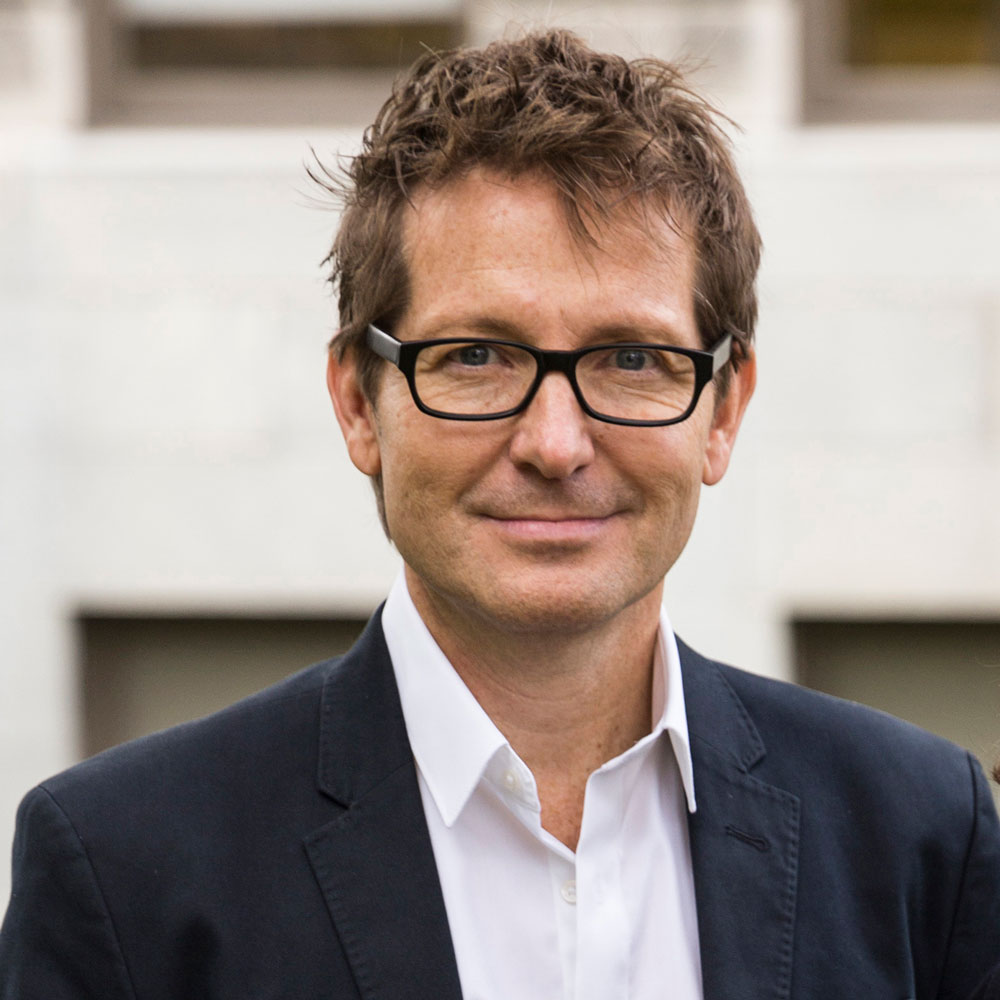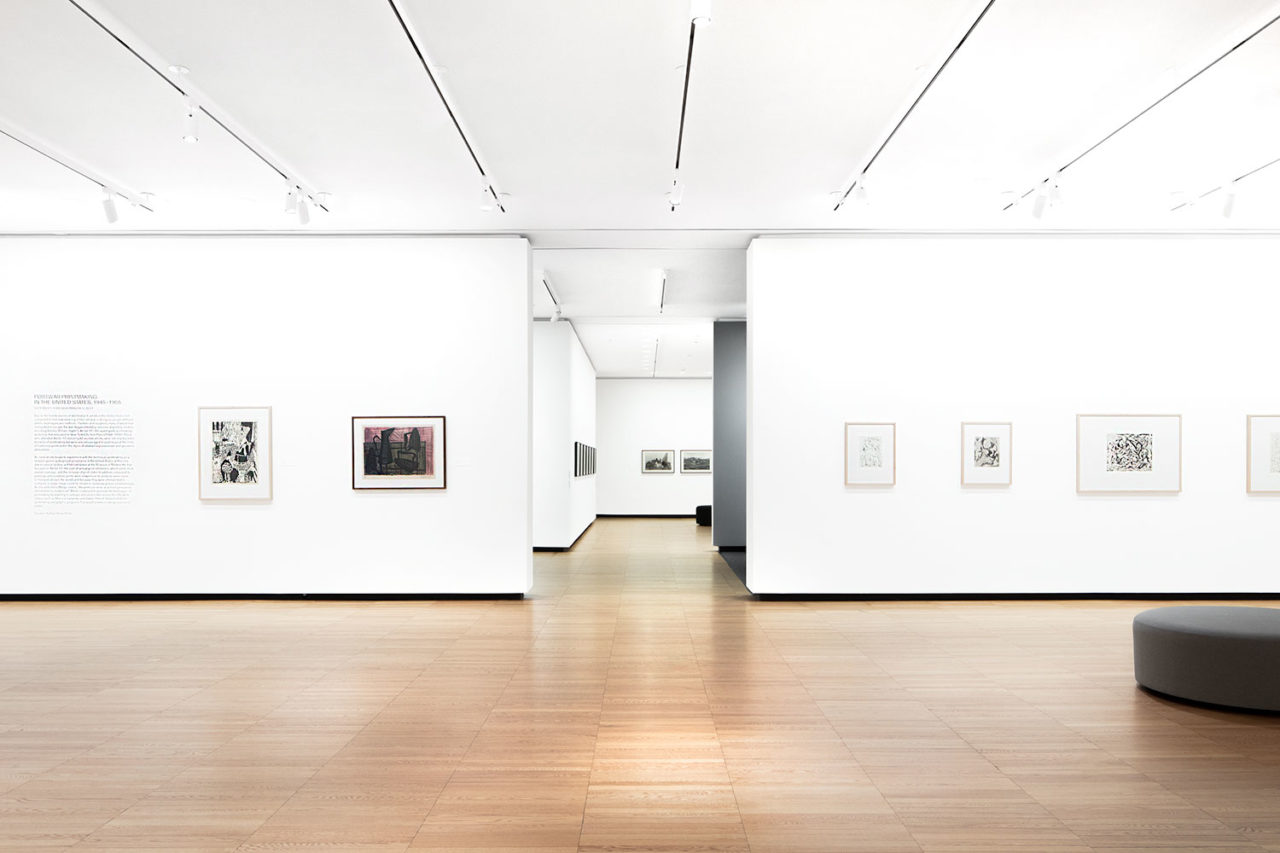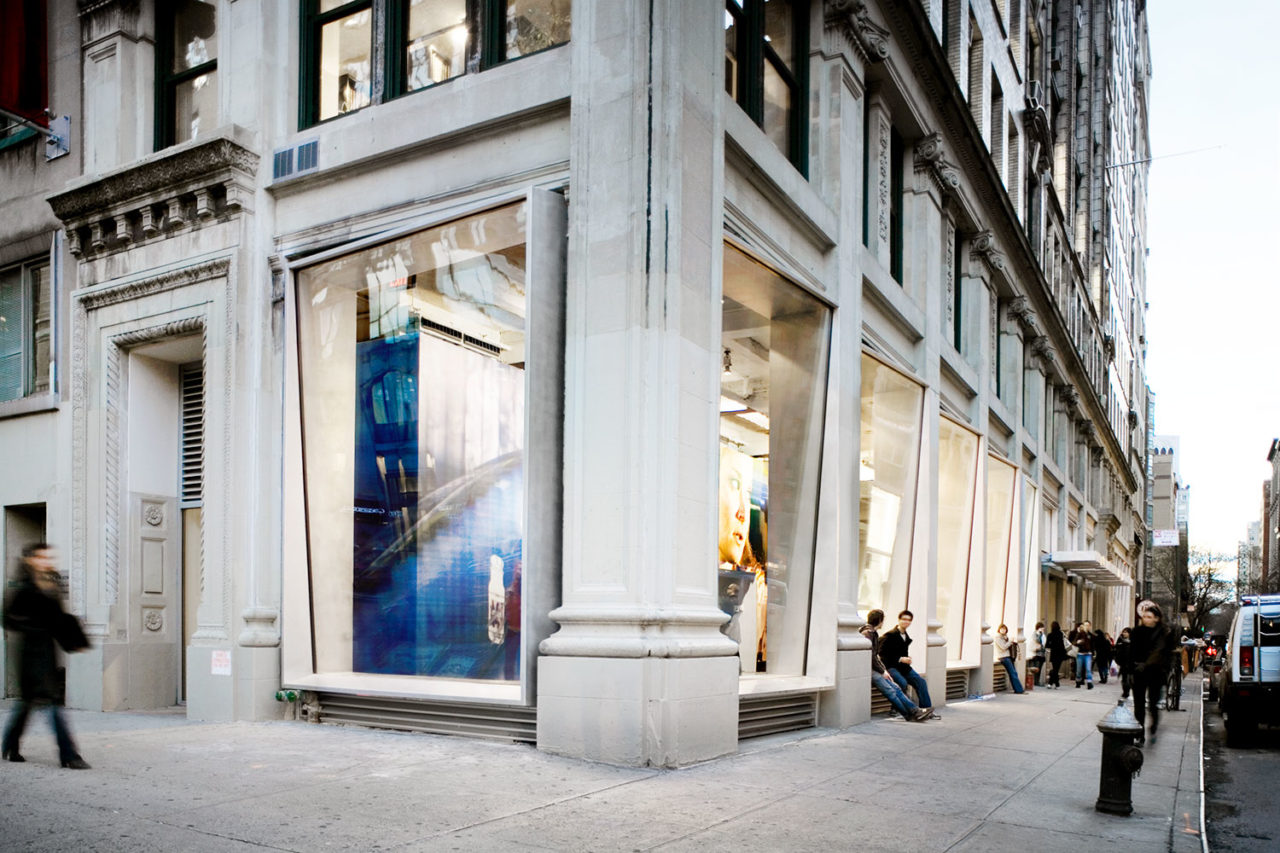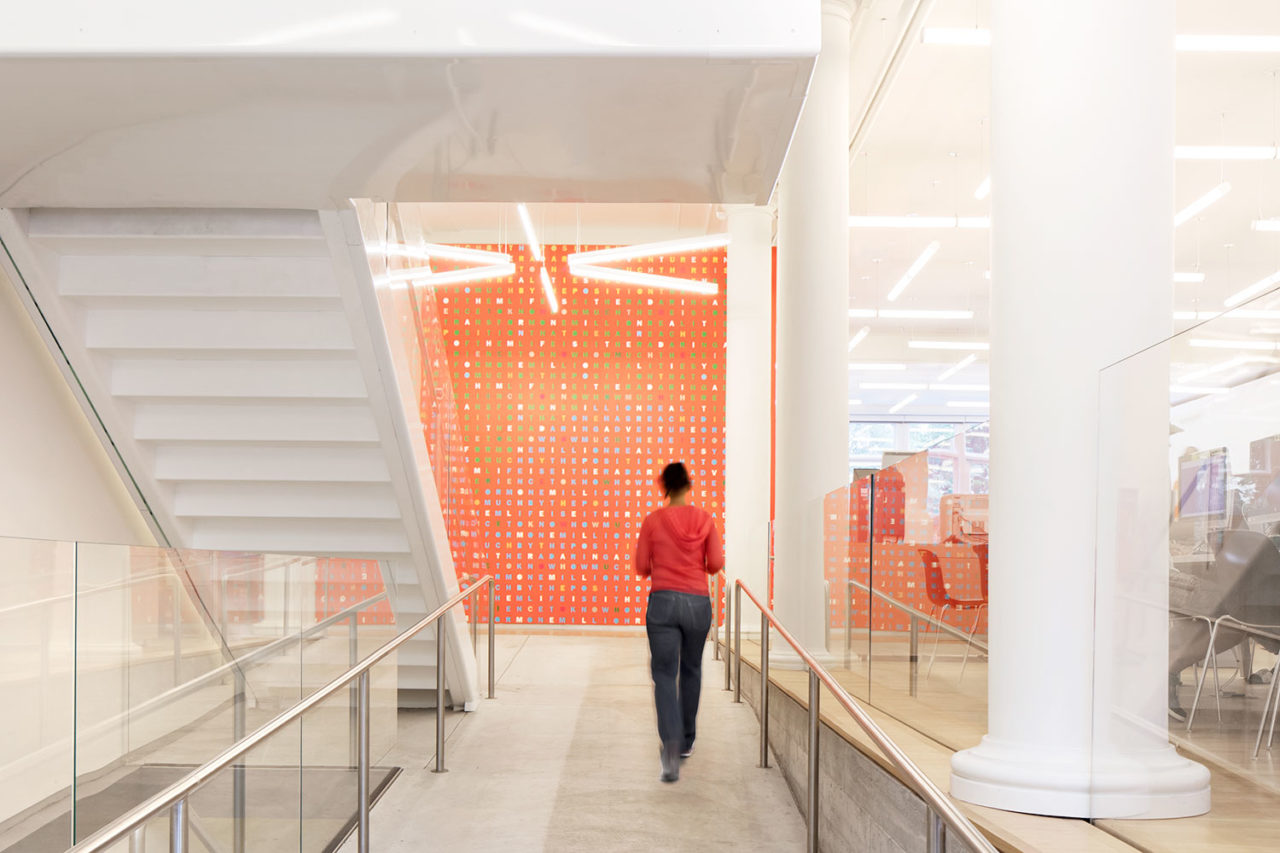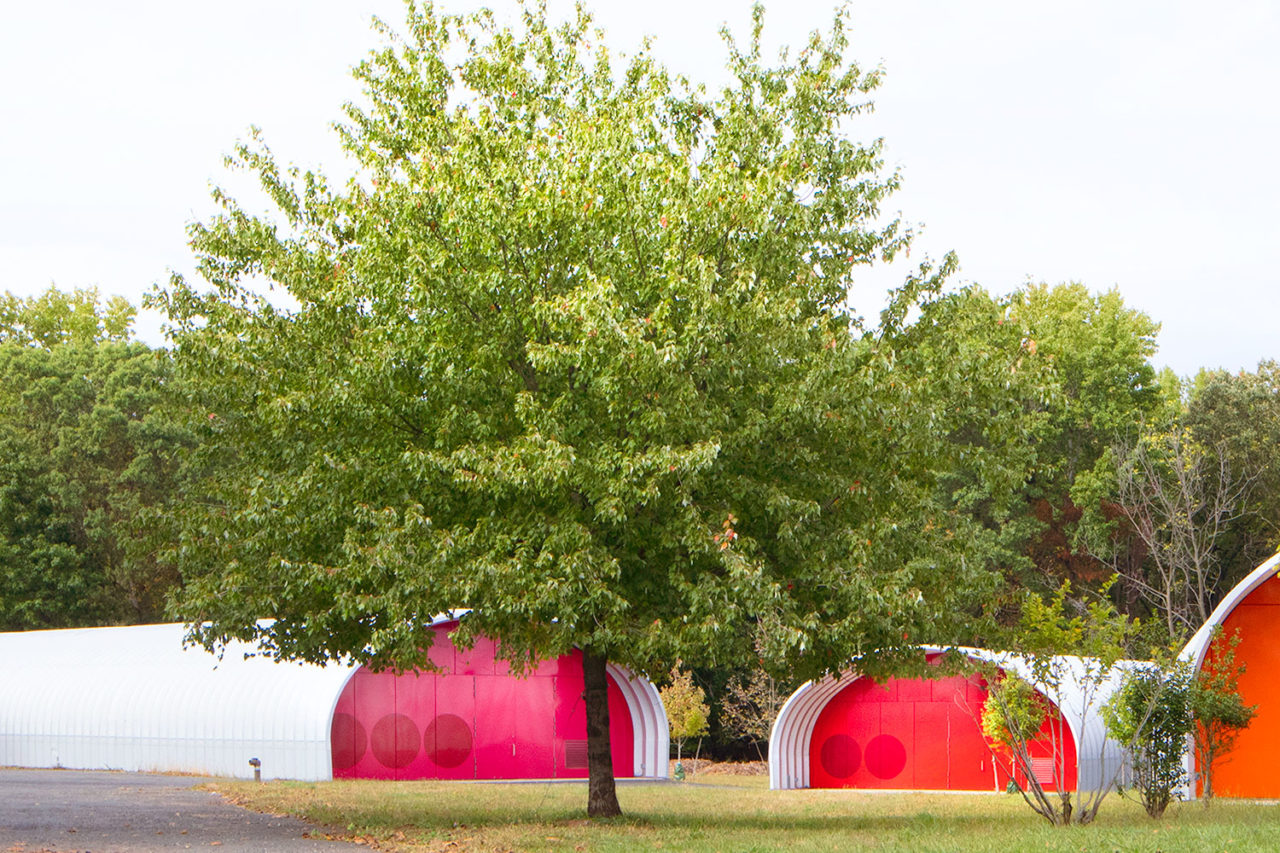by: AIA New York
Lyn Rice, FAIA, LEED AP, engages the public with memorable buildings that approach normative architectural issues with an unconventional approach. Rice brings a resourceful civic-mindedness to a range of cultural projects, inventively mining practical constraint to generate unexpected design solutions. Together with Astrid Lipka, AIA, Rice directs Rice+Lipka Architects with an iterative design approach that actively teases out potentials latent within practical constraint. A design principal for one of the world’s largest contemporary art museums, Dia:Beacon, Rice is committed to the arts and public sphere. He is winner of The Architectural League of New York’s Emerging Voices and Architectural Record’s Design Vanguard awards. He currently serves as a roving critic at Columbia University’s GSAPP and on the Board of Directors of the Architectural League of New York.
The Jury of Fellows of the AIA elevated Rice to the College of Fellows in the first category of Fellowship, which recognizes architects who have “Promoted the aesthetic, scientific, and practical efficiency of the profession,” according to the organization’s definition. Rice was recognized at the New Fellows Reception hosted by AIA New York and at an investiture ceremony at the AIA Conference on Architecture.
Q: What is influencing your work the most right now?
A: The civic potential of our projects and the growing awareness of the need for public space. We speculate on how we can better make places that are inclusive and as varied as the people they serve, both in the public realm and with private work. Cultural projects—museums, galleries, libraries, performance spaces, theaters, educational spaces, and planning projects—continue to inspire us and remind us of architecture’s unique ability to elevate the public experience and draw people together.
Q: How/why did you decide to pursue architecture?
A: As I was leaving a performance of Androcles and the Lion on maybe my 9th birthday in Oklahoma City, there was a large model of the planned new Mummers Theater by John Johansen sitting in the lobby. The building combined his interest in brutalism and systems theory in a sophisticated assemblage of concrete pods, bridges, terraces, and brightly color-coded corrugated steel passages. I was shocked that this could be a building—it was the first time I registered what architecture could be and do. Though it was tragically demolished in 2015, Johansen’s Mummers sparked my interest in architecture and still inspires me.
Q: What are some of your favorite recent projects that you’ve worked on?
We are currently designing three libraries in New York City—one for each of the city’s three library systems. Libraries, one of our last truly public spaces, are in flux and their programs are being reconsidered and expanded with a spirit of experimentation and ambition to respond to new, diverse civic needs. We also are working on three amazing performance venues—two in the East Village and one in Chelsea. These cultural organizations provoke us to innovate with their storied pasts and their commitment to opening-up new ways of supporting emerging and established artists across disciplines.
Q: What are your thoughts on architectural education today?
Students are producing strong work right now with a renewed interest in how projects perform—in what they do rather than just how they look. Here in New York for example, the GSAPP under Amale Andraos is emphasizing physical modelmaking as a critical practice that questions the digitally derived biomorphic form-making of recent years and is pushing research and experimentation on the pressing issues of equity and sustainability.
Q: What do you think are the biggest challenges, or opportunities, facing cities today?
The challenges are complex. From creating equitable space to loosening the grip cars have on our cities. For example, how can we replace our vast street-sponsored vehicle storage with shared public spaces—new spaces, woven into the community, that could improve our quality of life? We also need to rethink the privatization of public space. From housing to jails, we need to emphasize design excellence and quality when planning public works, rather than rushing to meet arbitrary numerical goals that force too much building too quickly with too little thought. Well intentioned, poorly planned projects can scar communities for decades.
Editors’ Note: This feature is part of a series celebrating the members of the American Institute of Architects (AIA) New York Chapter who are elevated each year to the AIA College of Fellows, an honor awarded to members who have made significant contributions to both the profession and society. Learn more about Fellowship here.








